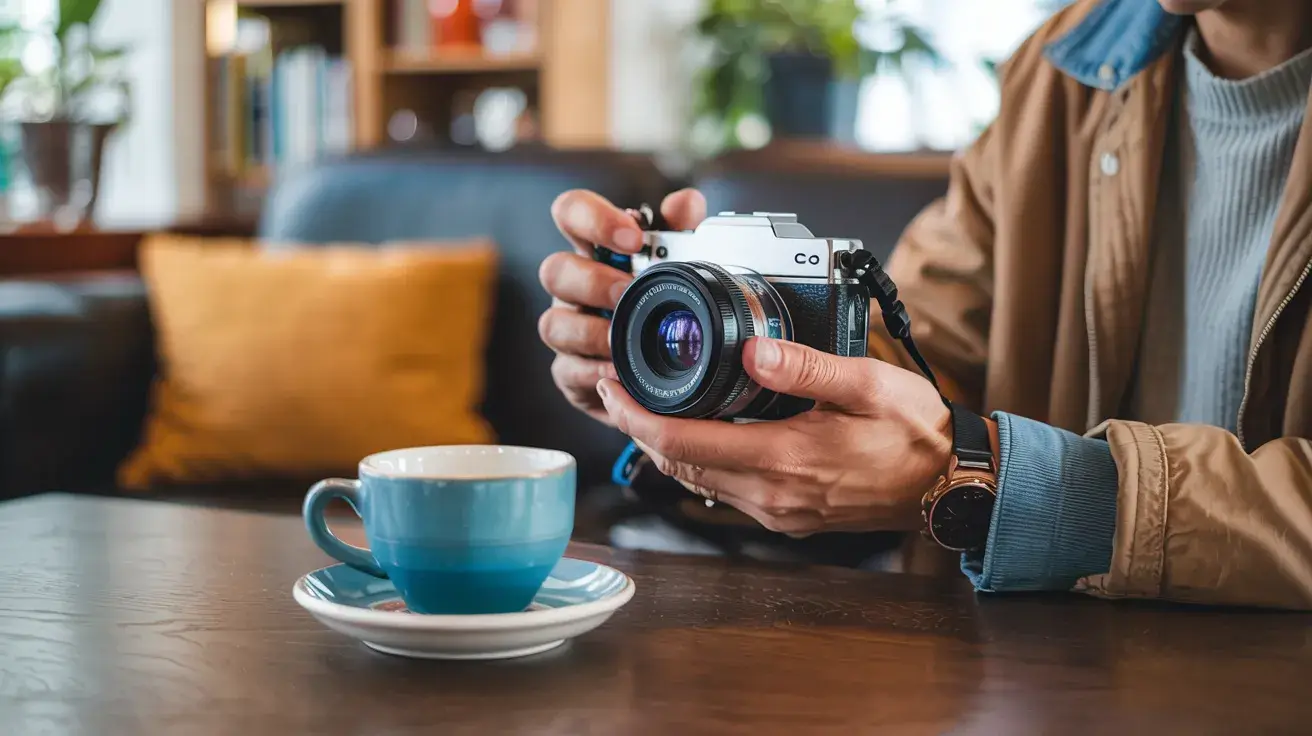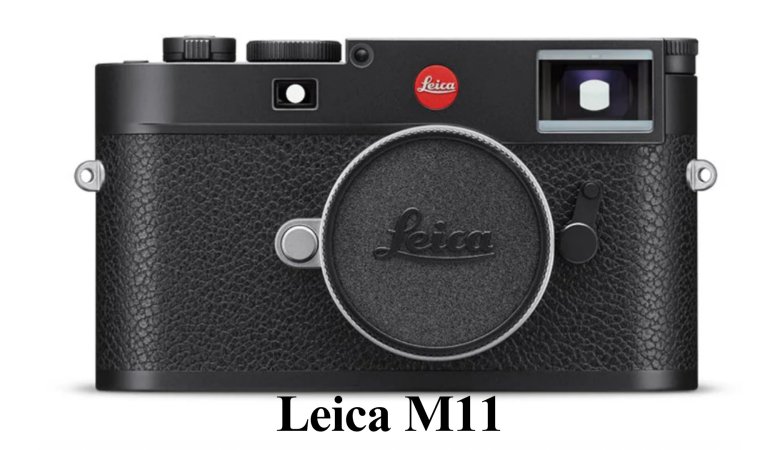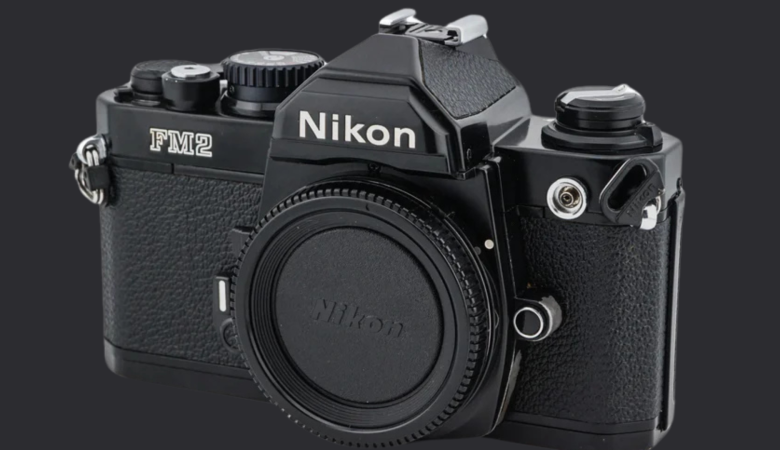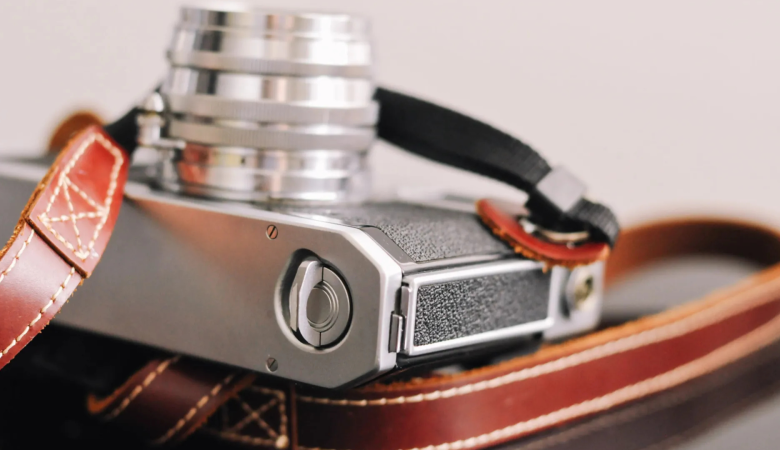Ever get a blurry photo just because your hands moved a little? That small shake can ruin a great shot.
But there’s a smart fix built right into many cameras today, IBIS, short for In-Body Image Stabilization. It helps your camera combat those small shakes, ensuring your photos and videos come out clear.
In this blog, I’ll explain what IBIS means, how it works, when it’s most helpful, and which cameras come with it. You’ll get all the information in simple terms, with no technical jargon.
If you’ve ever asked yourself, “Why did this shot turn out blurry?”, this guide is for you. Ready to find out what makes a camera more stable? Keep reading.
What is IBIS?
IBIS, or In-Body Image Stabilization, is a system built inside a camera that helps keep your shots steady. IBIS is important in today’s cameras because it lets you shoot clearly without using a tripod or other gear.
IBIS uses sensors inside the camera to detect motion. When you move the camera slightly, such as due to shaky hands, the IBIS system shifts the image sensor in the opposite direction. This balances out the movement and keeps the shot stable.
Unlike OIS (Optical Image Stabilization), which adjusts the lens, IBIS works right at the sensor level.
IBIS can also work together with lens-based systems, giving you even more stability, especially for handheld shooting or low-light scenes.
Do You Really Need IBIS?
Not everyone needs IBIS, but it can be a big help, especially for beginners. Having IBIS gives you more freedom, especially when you’re starting out and don’t have lots of gear.
When IBIS is useful:
- You shoot handheld often
- You work in low light
- You don’t always use a tripod
- You like to move while shooting
- You shoot video frequently
- You want fewer blurry photos
When you might not need it:
- You shoot mostly in bright light
- You use fast shutter speeds
- You always use a tripod
- Your lens already has stabilization
- You do studio or landscape photography with stable setups
So, while it’s not a must for everyone, it’s a great feature to have when you need flexibility and fewer retakes.
How IBIS Improves Image Quality: A Step-by-Step Guide
When your photos turn out blurry, it’s often not your camera; it’s the tiny movements of your hands.
Even holding your breath or trying your best to stay still might not be enough, especially in low light or when using a long zoom lens.
I’ll walk through a real-world example that shows how IBIS makes a difference.
Step 1: Getting Ready to Shoot

Imagine you’re taking a photo indoors at night. There’s a cup on a table with soft lighting around it, just enough to see but not very bright. You’re not using a tripod, just holding the camera in your hands.
Your camera settings are:
- Shutter speed: 1/20 second (a bit slow)
- Aperture: f/2.8
- ISO: 800
Now you take the same photo twice:
- First, with IBIS turned OFF
- Then with IBIS turned ON
This setup is common for many beginners who shoot indoors, at events, or during travel when carrying a tripod isn’t easy.
Step 2: Taking the Photos

Let’s see what happens when you press the shutter button.
- With IBIS OFF: Even a tiny shake from your hands causes motion blur. The photo looks soft. The outlines of the cup or background may look smeared.
- With IBIS ON: The camera detects the shake and moves the sensor in the opposite direction at the same time. The result? A sharper photo with clean lines.
Step 3: Zoom In for the Details

Now let’s look even closer. Zoom in on a small area of both photos, the edge of the cup, or a small label or pattern on it.
- Without IBIS: You’ll notice the blur more clearly. Details look smeared or out of focus.
- With IBIS: You’ll see crisp edges and texture. Small details stand out.
So what’s really happening inside the camera? Here’s a simple explanation:
- The camera has tiny sensors that detect motion.
- When you move slightly, IBIS kicks in and shifts the image sensor in real time to cancel out the shake.
- This movement happens inside the camera body; no lens changes are needed.
When You’ll Notice the Biggest Difference
IBIS is most helpful in these situations:
- Low-light scenes when you use a slow shutter speed
- Zoom lenses or telephoto shots, where shakes are more visible
- Handheld video filming without a gimbal
- Street photography or event shots, where using a tripod isn’t practical
- Travel and outdoor shooting when you’re on the move
Does IBIS Really Help?
Yes, especially for beginners or anyone shooting without a tripod. You don’t need to carry more gear. IBIS works in the background to help you get sharper, usable shots.
But even though IBIS is powerful, it’s not magic:
- It won’t stop fast subject motion (like sports)
- It can’t replace tripods for long exposures over several seconds
- It may not be perfect for fast, sweeping video shots
Still, for everyday use, IBIS gives you more chances to get the shot right the first time.
IBIS vs Other Stabilization Methods
IBIS stands out because it works inside the camera body by moving the sensor. OIS (Optical Image Stabilization) works in the lens, moving lens elements instead.
ISO adjustment doesn’t stabilize, but it helps capture faster shots to avoid blur, though it can raise noise.
Unlike tripods or gimbals, IBIS is built-in and works quietly in the background, helping you shoot freely.
IBIS in Mirrorless vs DSLR Cameras
IBIS works in both mirrorless and DSLR cameras, but the way it fits and performs can be quite different. Let’s take a quick look at how they compare.
| Feature | Mirrorless Cameras | DSLR Cameras |
|---|---|---|
| IBIS Availability | Common in many newer models | Rare or limited in older models |
| Design Fit | Easier to include due to compact build | Harder to fit due to the mirror and space |
| Performance | Often more advanced and responsive | Less effective or not available |
| Lens Compatibility | Works with any lens | May require special lenses or adapters |
| Size & Weight | Smaller, lighter—easier for handheld use | Bigger bodies, often heavier |
| User Benefit | Ideal for video and fast shooting styles | Better for still shots with external gear |
In short, mirrorless cameras make better use of IBIS due to their modern design, making them a top pick for shooters who want more stability without extra gear.
Cameras with IBIS
If you’re thinking about getting a camera with this feature, here are a few popular options to consider. These models are known for strong image quality, reliable performance, and solid in-body stabilization:
- Sony A7 IV – Full-frame, great for both photos and video, fast autofocus.
- Canon EOS R6 – Strong low-light performance, great for action shots.
- Fujifilm X-T5 – Compact, sharp image quality, great color science.
- Nikon Z6 II – Full-frame, solid video features, good battery life.
Each of these cameras offers IBIS that helps you shoot confidently without always needing a tripod.
Conclusion
IBIS helps keep your photos and videos clear by reducing shake, especially in low light or when you’re not using a tripod. It’s a handy feature for beginners and everyday shooters who want better results with less effort.
If you’ve ever dealt with blurry photos, the meaning of IBIS now makes more sense. It’s your camera’s way of keeping things steady.
Consider how you shoot and determine if this feature aligns with your style. Even if you don’t need it all the time, having it can really help.
Want to learn more about features that improve your photos? Check out our other blogs for simple tips and gear guides!






Leave a Reply